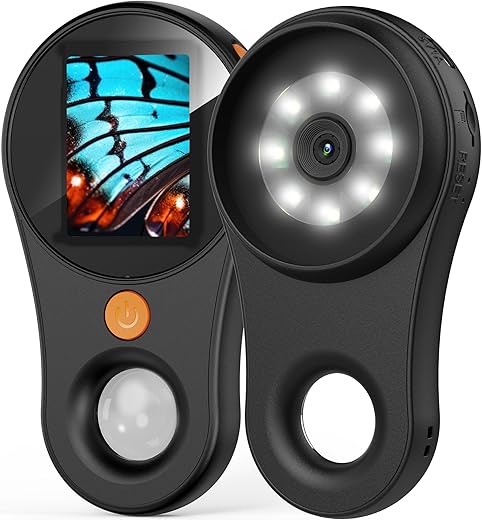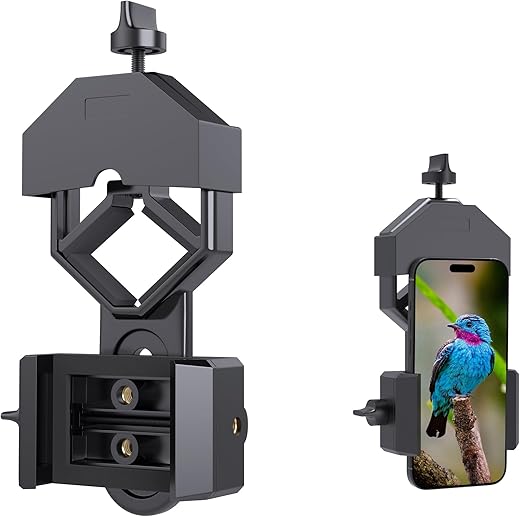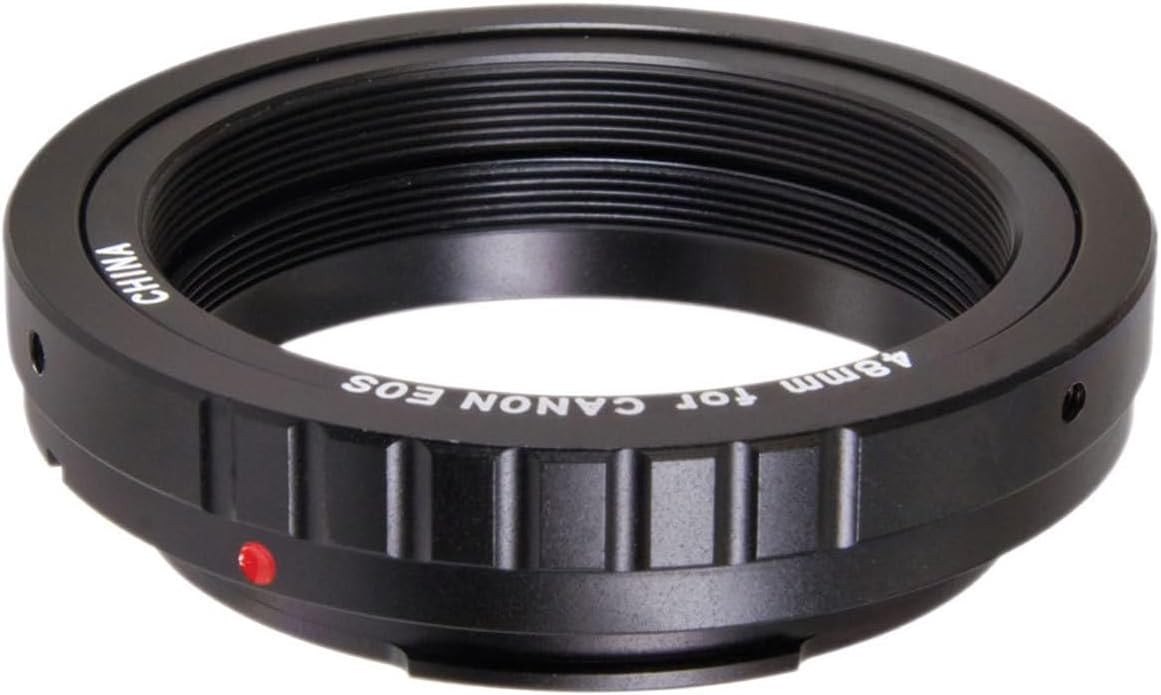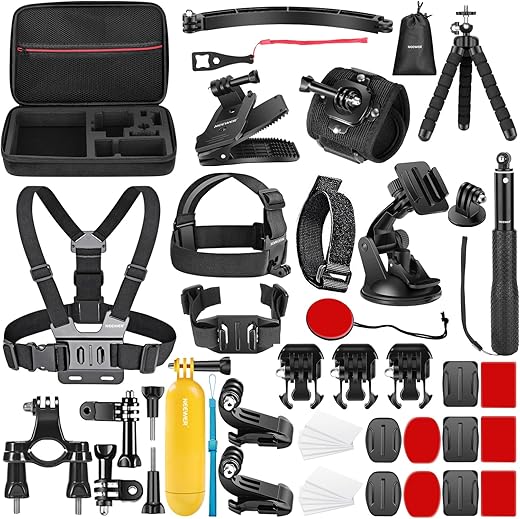
Step-by-Step Guide to Exit Pupil and Image Brightness for Binoculars and Telescopes
Why Exit Pupil Determines What You See
We’ll quickly link EXIT PUPIL to magnification and objective size so you can choose settings that deliver brighter, clearer views. This guide helps you easily balance brightness and detail for binoculars and telescopes, whether observing wildlife or the night sky.
What You’ll Need
How Reflecting Telescopes Make Images Much Bigger | Physics Frontier
Calculate the Exit Pupil — Your Brightness Starting Point
Curious how a tiny number predicts how bright the world will look? It’s simpler than you think.Calculate the exit pupil using a simple division: Exit pupil (mm) = Objective diameter (mm) ÷ Magnification. Measure the objective (front lens or mirror) in millimetres, then divide by the eyepiece power.
Follow these quick examples:
Use the exit pupil value to compare instruments or eyepiece choices: larger numbers deliver a wider beam of light into your eye and usually a brighter view at the same scene. It’s the beam of light that reaches the eye and sets maximum possible image brightness for extended objects.
Match Exit Pupil to Your Eye Pupil for Maximum Brightness
Want the brightest view? Don’t waste light — match the telescope to your eyeball.Know typical human pupil ranges:
Calculate the brightness factor by squaring the ratio: if exit pupil ≤ eye pupil, image surface brightness scales as (exit_pupil / eye_pupil)².
Recognize that if exit pupil > eye pupil, the extra light is wasted because your eye clips the beam.
Aim for an exit pupil near your dark-adapted pupil for night observing. For example, if your pupil is 6 mm, a 6 mm exit pupil gives full brightness; an 8×42 (5.25 mm) yields (5.25/6)² ≈ 0.77, about 77% brightness.
Use smaller exit pupils (higher magnification or smaller objectives) for daytime or birding to match a 2–3 mm pupil.
Understand Brightness for Extended Objects vs. Stars
One trick for nebulae, a different one for stars — yes, brightness behaves differently.Differentiate surface-brightness behavior from point-source behavior. For extended objects (nebulae, galaxies, planets), image surface brightness depends on exit pupil relative to your eye pupil — increase exit pupil (lower magnification or larger objective) to brighten extended targets up to your eye’s limit. For point sources (stars), prioritize aperture: a larger mirror/lens collects more photons, so stars appear brighter and easier to detect even when exit pupils are the same.
Adjust Magnification to Balance Brightness and Detail
Want sharper detail or a brighter image? Learn to pick the right magnification like a pro.Calculate magnification: divide the instrument focal length by the eyepiece focal length (Mag = Fscope / Feyepiece).
Recalculate exit pupil: divide objective diameter (mm) by magnification (Exit pupil = D / Mag) to see how brightness changes.
Apply trade-offs: increase magnification to reveal fine detail and dim background sky, but expect a smaller exit pupil and a darker extended-object image. Decrease magnification to boost surface brightness for faint nebulae and galaxies.
Factor in Light Transmission, Coatings and Central Obstructions
Bright glass matters — coatings and design can steal or boost the light you see.Multiply the geometric exit-pupil brightness by the system transmission to get real image brightness: real = (exit‑pupil rule) × (transmission fraction). State the transmission as a decimal (0.75 = 75%).
Expect typical transmission ranges of 60–90% for binoculars and telescopes depending on prisms, coatings and glass quality. For example, an instrument at 80% transmission looks about 33% brighter than one at 60% (0.80/0.60 ≈ 1.33).
Account for central obstructions in reflectors: they reduce effective throughput and lower contrast (especially for planets and double stars) by blocking light and increasing diffraction wings.
Test and Optimize in the Field — Simple Measurements and Tweaks
Try these quick experiments — you’ll be surprised what a small tweak can reveal.Measure your dark‑adapted pupil: in a dark location, hold a known‑exit‑pupil eyepiece (for example, a 5 mm eyepiece) at arm’s length and project the bright disc onto a white card. Compare that disc to your eye pupil to estimate your dark‑adapted diameter.
Try a range of eyepieces/magnifications: swap eyepieces, note perceived brightness, edge falloff and detail (e.g., 50× vs 100× on the Moon). Write quick notes for each.
Use neutral‑density (ND) filters or stop‑downs: place an ND filter or partially stop the aperture to assess contrast on bright targets (planets, Moon) and see if detail improves.
Record your best settings: log instrument, eyepiece, exit pupil, sky condition and target for repeatable results.
Troubleshoot:
Make Smarter Gear Choices with Exit Pupil
Use exit‑pupil math and simple field tests to get brighter, clearer views: match exit pupil to your eye, mind aperture for stars, and tweak magnification for each target. Try these steps, report your results, and help others choose better gear.











As an amateur who obs a lot, this guide nailed the practical side.
A few extra thoughts from many nights under the sky:
– For wide-field bins, matching exit pupil to your eye at dawn/dusk is different than at midnight. Re-check throughout the night.
– Central obstruction: even if brightness looks fine, stars lose punch with big obstructions — that killed a lot of my planetary views on an SCT.
– Don’t forget eye relief and comfort — an exit pupil match is useless if you can’t get your eye in the sweet spot.
PS: Anyone tried a custom aperture mask with different hole sizes? I made a 70% mask for my dob and it helped contrast on galaxies.
How do you make the mask material-wise? Cardboard? Plastic? Curious to try.
Great practical notes, Marcus. Re-checking during the night is often overlooked. And custom masks are a clever low-tech solution many folks forget about.
Yep, I made a set of masks for quick tests. Oddly satisfying to see the difference instantly.
I used thin aluminum sheeting with felt edges so it doesn’t scratch the tube. Cardboard works for quick tests but won’t last long.
Okay, long comment incoming — this guide helped me a ton but I had a weird experience last weekend:
I matched exit pupil to my dilated pupil at 1.8mm like you suggested, but under suburban orange-sky glow, lowering magnification actually made faint galaxies vanish. I was expecting the opposite.
A few possible reasons I thought of:
– Light pollution changes the effective background so surface brightness contrast behaves differently?
– My scope’s transmission is poor because of an ugly central obstruction + old mirror coatings
– Maybe my eyes were tired and not actually dilated as wide as I thought?
Would love thoughts from others. Also, any quick tricks for urban observing to get the best out of what we have?
One more: clean those optics. Urban observers often get a layer of grime that cuts transmission more than you’d think.
Great observations, Hannah. Under light-polluted skies, lowering magnification increases the background brightness per apparent area, which can wash out extended targets. So sometimes you actually need higher magnification in light pollution to improve contrast even though it reduces the exit pupil. Also check transmission and your eye state — all three factors you listed can contribute.
I had the same issue last month. What helped was using a slightly higher mag and averted vision techniques. Also, make sure your eyes are dark-adapted — city-adapted eyes are a different beast.
Thanks all — I’ll try the aperture mask and higher mag combo. Never thought masking could help in city conditions.
Urban hack: use an aperture mask to reduce stray light and increase image darkness (oddly improves contrast). Also try narrowband filters for nebulae.
Really clear breakdown — loved the calc part.
I had no idea matching exit pupil to my eye could make such a big difference for dusk birdwatching. Tried your quick field test and yeah, night owls are brighter now.
One question: when you mention coatings and transmission, how much should I downgrade my expected brightness if my binoculars are older? Any rough percent to keep in mind?
Good question, Evan. Older optics can lose several percent per surface if coatings have degraded. A rough rule: subtract 5–15% transmission for older/many-surface systems, but measure in the field if you can—your eyes will tell you more than specs alone.
Also remember central obstruction on scopes — it kills contrast more than raw brightness sometimes. So older SCTs might look ‘washy’ even if exit pupil math checks out.
I had a pair of 15-year-old bins and honestly they felt 10-12% dimmer than newer models. It depends on how many coatings and how dusty the optics are. Cleaning and a quick check at dusk helps.
Short version: math is useful but my lazy brain just eyeballs it 😂
Still, nice guide. The exit pupil calculator was a neat reminder.
Eyeballing works until you try different eyepieces and wonder why one is suddenly so much better. Then math saves the day.
Haha, same here — sometimes eyeballing gets you 80% of the way. But knowing the numbers helps when you switch gear or observing conditions change.
This guide is fantastic and packed with real-world tips.
I especially liked section 3 about extended objects vs stars — that made me rethink my observing plan. A few practical notes from my end:
– For nebulae I often stop down the scope a bit (reduce exit pupil) to boost contrast.
– For star fields, higher magnification helps but don’t overdo it; seeing will limit you.
– Field test #2 (using a white card to judge relative surface brightness) is a must-try.
Thanks for including the ‘make smarter gear choices’ bit — saved me from buying an extra-bright but heavy binoc that would’ve just been a pain to carry.
Totally — I used to always max aperture, then learned the hard way that contrast/seeing matter more for faint nebulae. Your tip about stopping down is gold.
I usually try 60–80% of full aperture for deep-sky contrast, then tweak. But YMMV with local seeing.
Do you have a favorite stop-down amount? Like 20% or just until things ‘look’ better?
Glad that resonated, Sophia. Stopping down is underrated — people chase aperture but forget contrast. The white-card test is simple and underused.
Nice balance between math and field tips. One tiny suggestion: maybe a quick flowchart for ‘I want to observe X — what exit pupil/mag should I try first?’ That would’ve helped me pick an eyepiece faster.
Good suggestion, Grace. A flowchart for common targets (planets, DSOs, birding) is a great idea — I’ll prototype one and add it to the guide.
I’d use that flowchart! Especially if it suggests 2–3 eyepiece combos to try first.
Helpful article overall. Wanted more on how to estimate transmission without fancy tools — you touched on it but a quick checklist would be cool.
Things I’d add:
– Look at edge glare and contrast on a bright target
– Compare to a known-good pair if you can borrow one
– Keep a small log of conditions and which eyepieces felt brightest
Would love the author to add a printable one-page checklist for field tests.
If you make the checklist, please include a column for ‘mood of the observer’ 😅— I swear that affects my perception more than it should.
Good idea, Olivia. A printable checklist is on my to-do list. Your three bullet points are exactly what I’d include — plus a quick ‘pupil measurement method’ and a simple card test.
I’d add ‘record eyepiece and magnification’ — saved me tons of trial-and-error later.
Lol the section about ‘don’t buy the brightest heavy bins’ hit home 😂
Bought a 12-lb monster once. Great on paper. Horrible on a hike. Note to self: exit pupil + weight = happiness.
Also, minor nit: there’s a small typo in step 2 (pupil -> pupl) — thought I’d point it out.
Thanks for the catch, Jacob — fixed! And yeah, real-world ergonomics matter. Exit pupil is only useful if you can actually use the gear comfortably.
Been there with the heavy bins. I now prioritize weight and coatings over raw exit-pupil numbers for field trips.